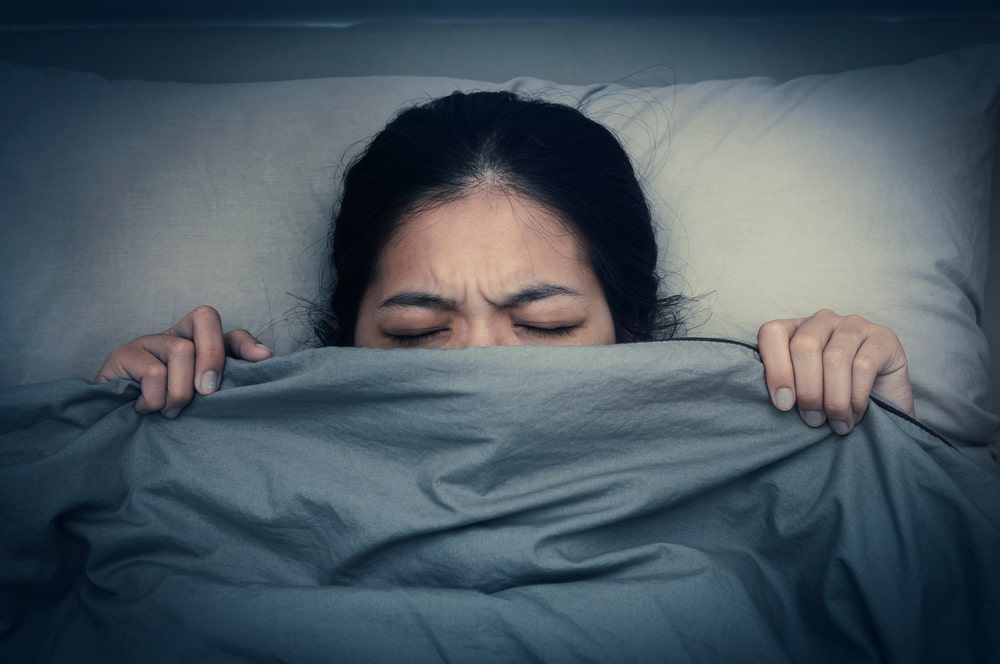
The medical definition of anxiety provided in the Merriam-Webster Dictionary is “an abnormal and overwhelming sense of apprehension and fear often marked by physical signs (such as tension, sweating, and increased pulse rate), by doubt concerning the reality and nature of the threat, and by self-doubt about one’s capacity to cope with it.” According to Mental Health America’s 2021 Mind the Workplace report, nearly 83 percent of respondents felt emotionally drained from their work, and about 9 in 10 workers, which is equal to 85%, reported that job stress affected their mental health. Anxiety symptoms can range from mild to severe. Workplace anxiety generally develops in response to stress at work and can manifest in and outside of the workplace environment. To help decrease stress and assuage anxiety at work, consider the following tips, provided by U.S. News & World Report:
- Focus on others, not yourself: Switching from an internal to an external focus can be helpful in reducing anxiety.
- Challenge your negative, anxious thoughts: Identify the anxious thoughts that surface when you think of work, analyze them, and challenge them to discern if your initial reaction is truly how you feel or if you are just assuming the worst.
- Draw your attention to external stimuli: Look around you and notice tangible items in your surroundings; this can be both grounding and helpful in gaining perspective over your anxiety.
- Breathe: Focus on slowing down your breath to help pull your focus away from your anxiety and onto your breath.
- Take a break: Carve out time each day to take regular mini breaks where you can conduct a quick body check and see where you may be feeling tension, exhaustion, or any unwanted feelings.
- Avoid getting overwhelmed: Slow down and do one thing at a time instead of attempting to multitask. By tackling one thing at a time, you can allocate undivided attention to completing each task accurately and efficiently.
- Acknowledge your feelings: Although it may seem that your anxiety will last forever, it won’t; by acknowledging and naming your feelings you can help diffuse your angst.
- Arm yourself with a robust supply of relaxation tools and techniques: Test out as many different relaxation methods as you can to figure out what resonates with you best. Consider trying out meditation, yoga, reading, listening to music, journaling, etc. to quiet your mind. Research has found that meditation can help lower blood pressure, reduce feelings of anxiety and depression, improve insomnia, and more.
While some amount of work stress is generally unavoidable, it is atypical for an individual to experience persistent and debilitating symptoms of anxiety and could indicate the presence of an anxiety disorder. If you are experiencing frequent and/ or severe bouts of anxiety it is best to err on the side of caution and consult a mental health professional.
Treatment In Calabasas
Calabasas is a city in California. It is a well-known suburb of Los Angeles, located west of the San Fernando Valley and north of the Santa Monica Mountains. Over the past decade, the city of Calabasas has grown in its reputation for luxury as well as for privacy which makes it a hidden gem for residential living for society’s elite, and one of the most desirable destinations in Los Angeles County. It is also home to a plethora of highly qualified mental health clinicians providing an array of therapeutic services and treatment options.
The information above is provided for the use of informational purposes only. The above content is not to be substituted for professional advice, diagnosis, or treatment, as in no way is it intended as an attempt to practice medicine, give specific medical advice, including, without limitation, advice concerning the topic of mental health. As such, please do not use any material provided above to disregard professional advice or delay seeking treatment.








